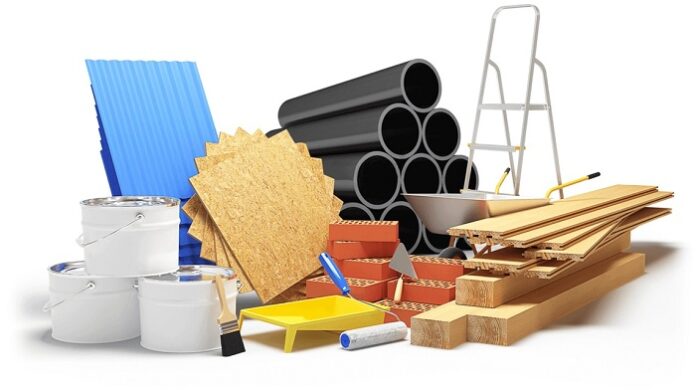Building construction requires specific materials that contractors need to finish the project. Remember that failing to determine the construction materials beforehand can cause serious problems that could halt the project. You can find many construction material suppliers that can provide quality products, but you should prioritize newer, modern ones.
You have to look for better construction materials to make your building achieve a modern style. Learn and understand the different construction material innovations to create a more sustainable structure.
1. Cross Laminated Timber (CLT)
If you want a sustainable and resilient form of engineered wood, you can find those properties on Cross Laminated Timber (CLT). Its production process doesn’t involve burning fossil fuels, making it one of many construction companies’ most environmentally friendly construction materials.
Manufacturers create it by gluing layers of solid-sawn lumber, and they lay them at 90 degrees between each other to give it greater compressive strength and flexibility. Europe was the first country to utilize CLT, but it has spread worldwide to other construction companies who wanted to try the material out.
You can find that many construction projects require CLT because of its faster production process, design flexibility, and high quality. It’s also an expensive material, but it can become an investment when talking about sustainability. If you want natural-looking aesthetics on your construction project, consider choosing CLT.
2. Pigmented Concrete
Another sustainable material that’s taking over the construction industry is pigmented concrete. Many consider it to be the best material for architects because it lets them achieve contemporary architecture. Manufacturers use iron oxide pigments that come in the forms of liquid or dry powder matter. They add either of the two forms into the concrete during the mixing stages to achieve colored concrete.
Aside from the liquid and dry powder mixture, manufacturers can use stains and dyes on hardened pigmented concrete surfaces. The only downside with that method is it won’t give off an integral color for the concrete, making it look like someone painted over it. If you’re tired of using grey, plain-looking concrete all the time, choose pigmented concrete for your next construction project.
3. Glass Fiber Reinforced Concrete
Manufacturers don’t always make concrete using concrete powder alone. They can also find other ways to create high-quality concrete that usually involves fiberglass. The Glass Fiber Reinforced Cement, also called GFRC, is cement mixed with acrylic polymer, cement, fine sand, several admixtures, water, and alkali-resistant fiberglass.
One benefit of GFRC is its ability to build lightweight panels within the structure. Other advantages include high tensile strength and flexibility due to its high polymer count. A flexible material like GFRC can resist cracks, making it withstand heavy force.
4. Rammed earth
Ghana has its type of innovative construction material called Rammed Earth. It’s a locally available product typically used by most construction companies, and it’s a process that involves workers compressing earth into a wooden box. Since clay is abundant in most regions of Ghana, construction projects don’t have to look far to get their concrete.
The manufacturing process includes placing the clay in layers 15 cm in height and compacting tools to achieve durability and resiliency. The immense pressure made by the tools creates the concrete without adding too many complicated processes within the mix. A fun fact about rammed earth is that it has produced around 1.7 million houses because of Ghana’s abundance of earth materials.
5. Light-Emitting Cement
If your construction project involves creating pathways or driveways that need lights, you might want to learn more about light-emitting cement. As the name suggests, it’s another type of cement designed to illuminate the area around it. Other construction projects that include light-emitting cement include roads, highways, and bike lanes.
Light-emitting cement is the best sustainable construction material because you don’t have to use electricity to light up the area. It collects solar energy during daytime and stores the energy until nighttime, where it’ll illuminate a green color. You can place it on seasides, beach walks, and other alluring places that many people love visiting at night.
Take note of the different innovative construction materials mentioned above to improve how you do your construction projects. The more materials you acquire and use, the more you can expand your range in terms of construction.

